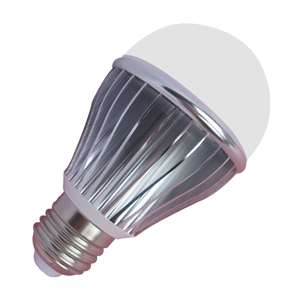 I see Canterbury University economist Eric Crampton politely disagrees with my post on the failure to ban incandescent light bulbs. I’d like to comment on a couple of the points he raises. The first concerns the non-priced carbon embodied in the production and distribution of fluorescent and LED bulbs, and the possibility that it may be so large as to negate the advantages of lower carbon emissions during the lifetime of the bulbs.
I see Canterbury University economist Eric Crampton politely disagrees with my post on the failure to ban incandescent light bulbs. I’d like to comment on a couple of the points he raises. The first concerns the non-priced carbon embodied in the production and distribution of fluorescent and LED bulbs, and the possibility that it may be so large as to negate the advantages of lower carbon emissions during the lifetime of the bulbs.
Crampton admitted he had no clue, but assumed that the more complex efficient bulbs would have a higher carbon footprint in their manufacture than the incandescents. However, he allowed that the longer life of the efficient bulbs probably gave them the overall advantage. I had no clue either, though I’m familiar with the need to take embedded carbon into account when making comparisons and guess I assumed that was not something that had been overlooked in the advocacy of CFLs and LEDs. However I had a look to see what I could find, and came across this assessment of CFLs from a writer initially inclined to be sceptical about them, and this report on LEDs. It doesn’t look to be an issue.
